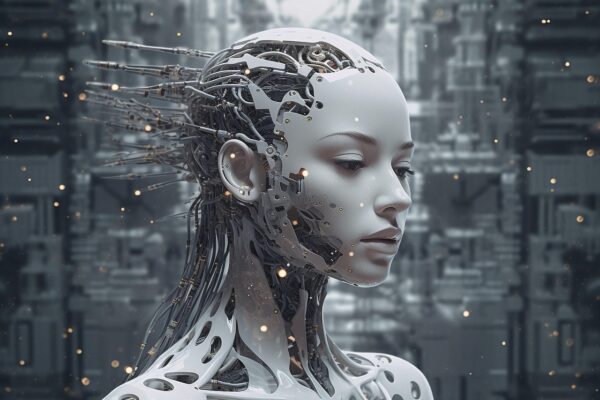Human Leadership will define the AI Era!
The AI era is a period of uncertainty, ambiguity, mistakes, and learning, where no one truly knows what to expect. And true leaders will define it! A couple of weeks ago, I was discussing with someone, and she referenced an article I wrote on Leading in the AI era. She said it led her to consider how she could embrace AI in her current job. – This raises vital questions: How can I leverage AI? Also, how can it supplement my performance at work?
Navigating the unknown
Nowadays, almost everything we hear about AI seems to encourage us to anticipate its presence with dread. Case in point: A recent Fortune article included the list of 40 jobs that Microsoft announced AI is poised to snatch due to high crossover. The list included a range of jobs from Customer Service Representatives to Data Scientists, Management Analysts, and teachers!
Unsurprisingly, the list went viral! And those who were not already concerned became terrified when they heard this comment from Nvidia CEO Jensen Huang: Every job will be affected, and immediately! But terror reached new heights when he said, “You’re not going to lose your job to AI, but you are going to lose your job to someone who uses AI.” In this, he relayed a potent message: AI is not the enemy. An aversion to change is. In times of change, the victors do not flee from it. They embrace it and learn to navigate it.
Leading amidst change
For some time, many workers have not considered the workplace a refuge. They acknowledged the benefits of receiving a paycheck and employee benefits. But also lamented spending most of their waking hours being told what to do, with limited opportunity to deviate from the prescribed standard. Here is a hidden advantage in the AI era: there is a unique opportunity for many to write their job description, i.e., create their job.
In many ways, AI will be remarkable in execution, in summarizing and synthesizing. However, conceptualization is the domain where humans are invaluable: They can study the business landscape, anticipate needs, learn about the capacity and vulnerabilities of AI, know themselves, and articulate how they can best add value to the organization. In so doing, humans can write their jobs!
A hidden opportunity
Understandably, an organization of 100 employees cannot operate effectively with 100 different jobs. Therefore, each employee cannot create a job for themselves. Additionally, many employees may not be willing or feel capable of envisioning their future. However, we can all partner with others and thereby grow and demonstrate leadership. – Those who can engage with others to read the tea leaves and act on insights will stand the best chance of creating their future, rather than receiving a potentially mediocre one. Which will you choose?
For you and to you,
Aké
Image credit: Pexels | Mikael Blomkvist














